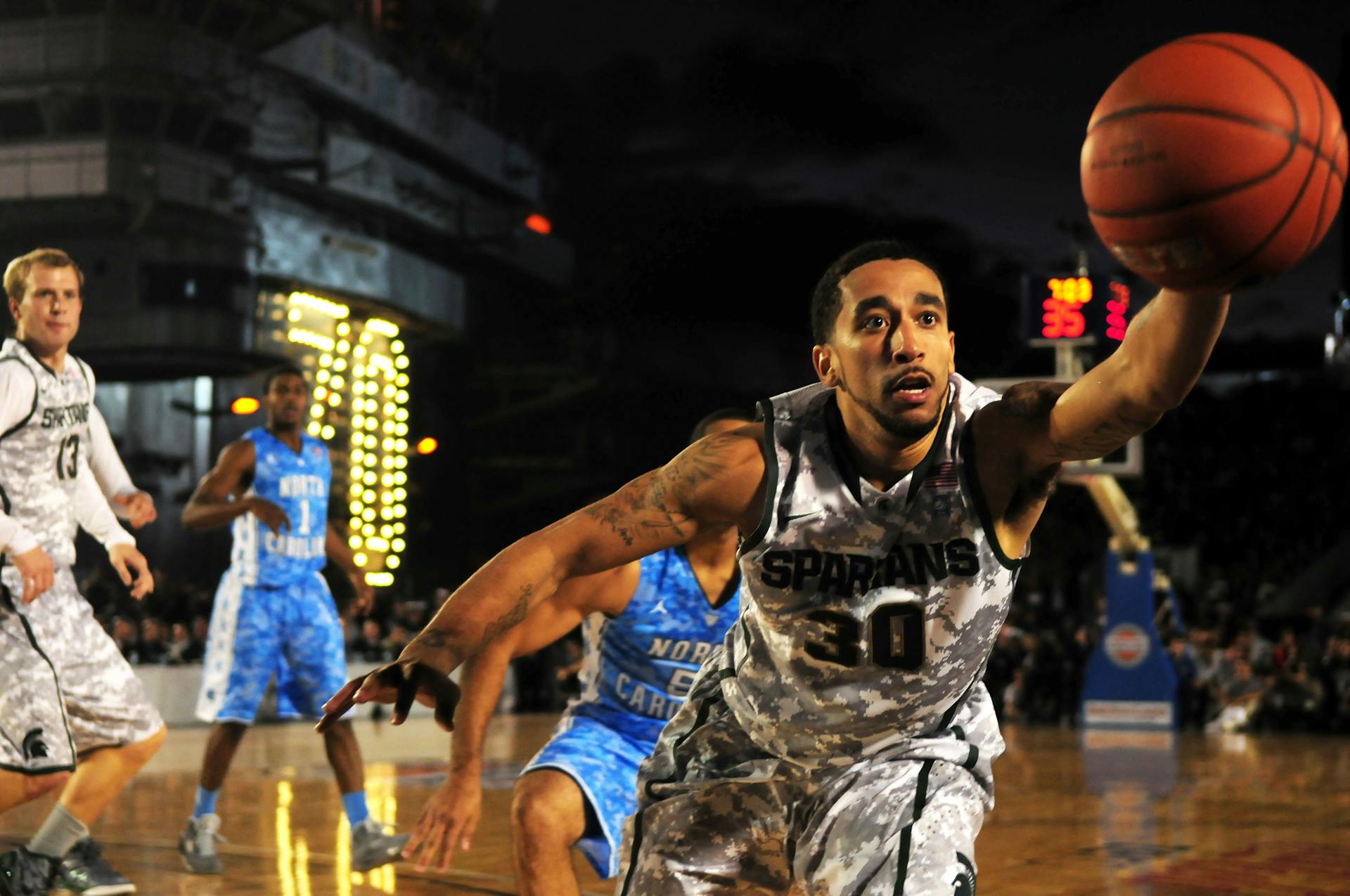As basketball enthusiasts, we are always on the hunt for ways to improve our game. Whether you’re a coach, a player, or an ardent fan, you’ve likely spent many hours analysing games, studying players and their performance on court. One critical aspect of basketball, particularly for guards, is passing. A well-executed pass can make the difference between winning and losing a game. The question that often arises, however, is: what advanced passing drills can help UK basketball guards reduce game-time errors?
The Importance of Passing in Basketball
Let’s face it: passing is an integral part of basketball. Arguably, it’s one of the most significant skills players need to master.
Cela peut vous intéresser : How can altitude training benefit UK basketball players in terms of stamina and performance?
Passing enables your team to move the ball around the court quickly, creating more opportunities for scoring. It’s a team game, after all. Your players need to be able to distribute the ball effectively and efficiently to exploit gaps in the opponent’s defense.
However, passing is not as simple as it may seem. It requires a combination of vision, timing, accuracy and decision-making. A slight misjudgment or error can lead to turnovers, which can be costly in a high-stakes game. That’s why it’s crucial to continuously work on improving this aspect of your game.
Lire également : What specific nutritional strategies should UK basketball players adopt for muscle recovery?
Advanced Passing Drills for Basketball Guards
Basketball guards are known for their ball-handling and passing skills. They need to distribute the ball to their teammates while also creating scoring opportunities. Their performance can greatly impact the outcome of the game, making their training crucial.
- The Cross-Court Passing Drill: This drill helps improve passing accuracy and decision-making skills. Have your players line up at opposite ends of the court. The player with the ball will then attempt to pass it to the other end, while another player tries to intercept. Over time, this drill will improve the player’s ability to make long passes under pressure.
- The Scholar Drill: This drill focuses on improving a player’s ability to execute bounce passes and chest passes accurately. Two players stand a few meters apart, passing the ball back and forth while maintaining a steady rhythm.
- The DOI Drill (Direction, Opposition, Intensity): This is an advanced drill that simulates game-time conditions. One player attempts to pass the ball to another player, while a third player provides opposition. This drill requires quick thinking and decision-making to ensure accurate passing.
- The Crossref Drill: This drill helps improve a player’s peripheral vision and quick decision-making. Players stand in a circle and pass the ball to each other randomly. The goal is to maintain a rapid pace without losing control of the ball.
- The Time-Pressure Drill: One of the biggest challenges players face during a game is making accurate passes under time pressure. This drill simulates these conditions, requiring players to make accurate passes within a set time frame.
Incorporating Drills into Regular Training
While it’s essential to incorporate these drills into your training, it’s equally important to remember that improvement takes time.
Firstly, keep in mind that drills are not a one-off activity. They need to be repeated and refined over time. It is said that it takes 10,000 hours of practice to master a skill. So, make sure that your players are regularly engaged in these drills.
Secondly, ensure that the drills are being executed correctly. Even the best drills will not be effective if they are not done the right way. Pay close attention to your players’ technique and provide constructive feedback where necessary.
Finally, remember to vary the drills. Just as players need to adapt to different situations in a game, they also need to be exposed to different training scenarios. This will keep them engaged and ensure they are well-rounded in their passing skills.
Analyzing Performance and Improvement
An important part of any training regimen is tracking progress and analyzing performance.
You need to be able to measure how your players are improving. This can be done through regular assessments, feedback sessions, and by reviewing game footage. For instance, software like Crossref can be used to analyze players’ passing abilities, providing valuable insights that can guide training and development.
In conclusion, remember that a good basketball guard is not just about scoring points. They are the playmakers, the ones who set the pace and tone of the game. Therefore, improving passing skills should be a top priority. By incorporating advanced passing drills into your training regimen, you can significantly reduce game-time errors and enhance your team’s overall performance.
Use of Advanced Technology in Performance Analysis
Leveraging modern technology can offer substantial benefits in analyzing and improving basketball players’ performance. For instance, applications like google scholar, crossref google, pubmed crossref, and DOI crossref can be used to retrieve performance data, research on game strategies and techniques, and gather insights on effective training exercises.
These platforms provide an extensive range of resources, including scholarly articles, research papers, and journals focusing on basketball and sports science. They can help in analyzing and comparing the technical skills of different players. For example, the Crossref Google app can be used to study and compare the passing techniques of professional players. Such analysis can help identify areas of improvement and devise more effective training drills.
Moreover, the DOI PubMed feature allows users to access numerous scholarly articles discussing the physical fitness and training requirements for basketball players. It can provide valuable insights into the physical conditioning and stamina needed for perfecting the passing drills.
Furthermore, we can use software like Crossref to analyze game footage. By analyzing the performance data and descriptive statistics of the games, the software can provide detailed insights into players’ performances, their passing accuracy, decision-making capabilities, and errors made during the game. This can help identify and rectify the problematic areas in their gameplay, thus leading to a reduction in game-time errors.
Lastly, the use of such advanced technology can also aid in the development of youth athletes. Tools like sci doi can be used to study and devise age-appropriate training exercises for youth basketball players. This can ensure that they develop the right set of skills from a young age.
Final Thoughts and Conclusion
Improving the technical skills of basketball guards, notably passing, requires focused training and regular assessment. Utilising advanced passing drills, as mentioned earlier, can exponentially enhance a guard’s performance and reduce game-time errors. However, remember that consistent practice and patience are key factors in mastering these drills.
The use of advanced technology and tools such as google scholar, crossref google, and pubmed crossref can provide invaluable assistance in this process. They offer a wealth of resources and data to help analyze performance, devise effective training exercises, and track improvements over time.
In conclusion, a basketball guard’s role is pivotal for the team’s success, and their ability to effectively distribute the ball can significantly influence the game’s outcome. Therefore, focusing on improving their passing skills should be a top priority for both the players and the coaches.
By making the best use of advanced passing drills, regular assessments, and performance data, continuous improvements can be made, ultimately leading to a reduction in game-time errors. This will not only enhance the individual player’s skills but will also contribute to the overall success of the team.

